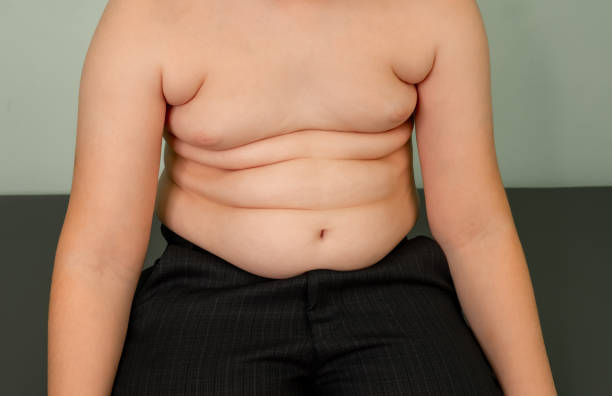Liposuction: Understanding the Fat Reduction Procedure
Liposuction is a popular body contouring surgery that removes excess fat deposits from specific areas of the body. This targeted body sculpting technique helps patients achieve a more defined and proportionate figure when diet and exercise alone are not sufficient.

What is liposuction and how does it work?
Liposuction is a surgical fat reduction procedure that involves making small incisions in the skin and inserting a thin tube called a cannula. The cannula is connected to a vacuum device that suctions out excess fat cells from targeted areas. This body contouring surgery can be performed on various parts of the body, including the abdomen, thighs, hips, buttocks, arms, and chin.
Who is an ideal candidate for liposuction?
Ideal candidates for this targeted body sculpting procedure are individuals who are close to their ideal body weight but struggle with stubborn fat deposits in specific areas. Candidates should have good skin elasticity, be in overall good health, and have realistic expectations about the results. It’s important to note that liposuction is not a weight loss solution but rather a body contouring technique to enhance one’s shape.
What are the different types of liposuction techniques?
There are several liposuction techniques available, each offering unique benefits:
- Tumescent liposuction: The most common technique, involving the injection of a saline solution to facilitate fat removal.
- Ultrasound-assisted liposuction (UAL): Uses ultrasonic energy to liquefy fat before removal.
- Laser-assisted liposuction: Employs laser energy to break down fat cells.
- Power-assisted liposuction (PAL): Utilizes a vibrating cannula to dislodge fat more easily.
The choice of technique depends on factors such as the treatment area, amount of fat to be removed, and the surgeon’s expertise.
What is the recovery process like after liposuction?
Recovery from liposuction varies depending on the extent of the procedure and the areas treated. Generally, patients can expect:
- Swelling and bruising for several weeks
- Wearing compression garments to minimize swelling and support healing
- Returning to work within a few days to a week
- Gradual resumption of normal activities over 2-4 weeks
- Final results becoming visible after 3-6 months as swelling subsides
It’s crucial to follow your surgeon’s post-operative instructions carefully to ensure optimal healing and results.
Are there any risks or potential complications associated with liposuction?
While liposuction is generally considered safe, like any surgical procedure, it carries some risks. Potential complications include:
- Infection
- Bleeding or hematoma
- Contour irregularities
- Numbness or changes in skin sensation
- Fluid accumulation (seroma)
- Poor wound healing
- Adverse reaction to anesthesia
Choosing a board-certified plastic surgeon and following pre- and post-operative instructions can help minimize these risks.
What are the typical costs of liposuction, and how do they vary?
The cost of liposuction can vary significantly depending on factors such as the treatment area, the amount of fat to be removed, the surgeon’s experience, and geographic location. Here’s a comparison of average liposuction costs for different body areas:
| Body Area | Average Cost Range |
|---|---|
| Abdomen | $3,000 - $7,500 |
| Thighs | $2,500 - $6,000 |
| Arms | $2,000 - $5,500 |
| Chin | $1,500 - $4,000 |
| Back | $2,500 - $6,000 |
It’s important to note that these prices typically include surgeon’s fees, anesthesia, and facility costs. However, additional expenses such as pre-operative tests, post-operative garments, and medications may not be included.
Prices, rates, or cost estimates mentioned in this article are based on the latest available information but may change over time. Independent research is advised before making financial decisions.
In conclusion, liposuction is a versatile body contouring surgery that can help individuals achieve their desired body shape by targeting specific areas of stubborn fat. While it offers significant aesthetic benefits, it’s crucial to have realistic expectations and understand the procedure’s limitations. Consulting with a board-certified plastic surgeon is essential to determine if liposuction is the right choice for your individual needs and goals.
This article is for informational purposes only and should not be considered medical advice. Please consult a qualified healthcare professional for personalized guidance and treatment.
The shared information of this article is up-to-date as of the publishing date. For more up-to-date information, please conduct your own research.




